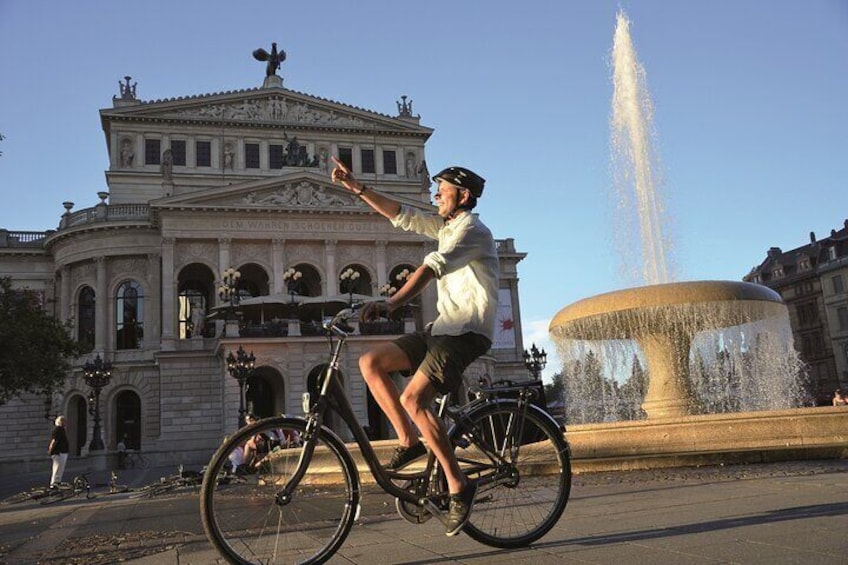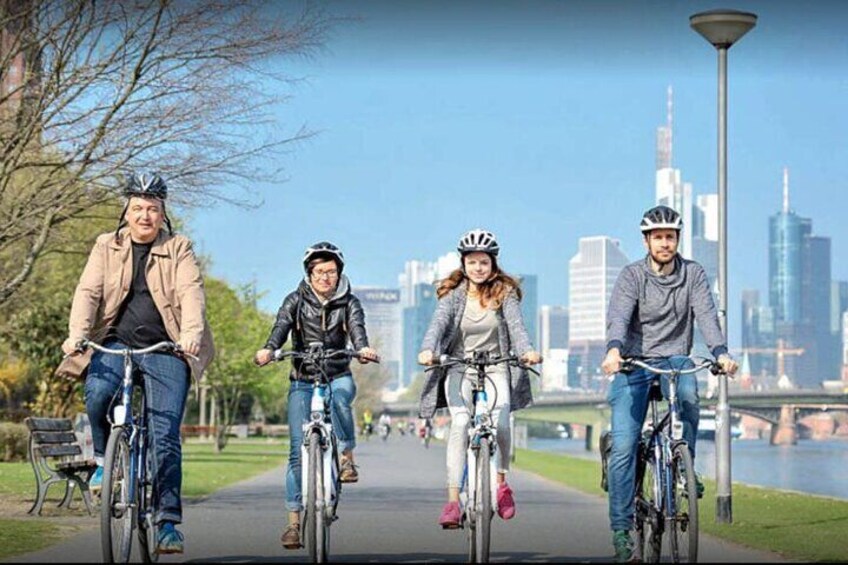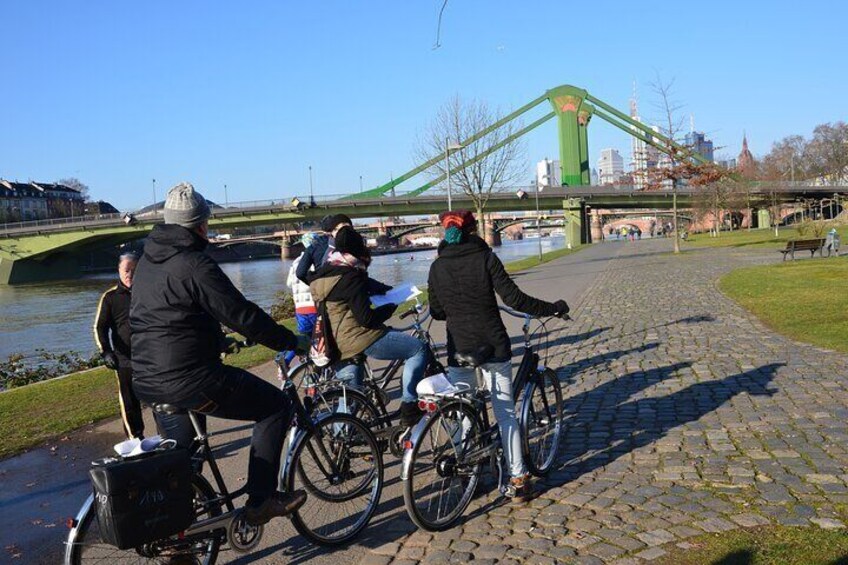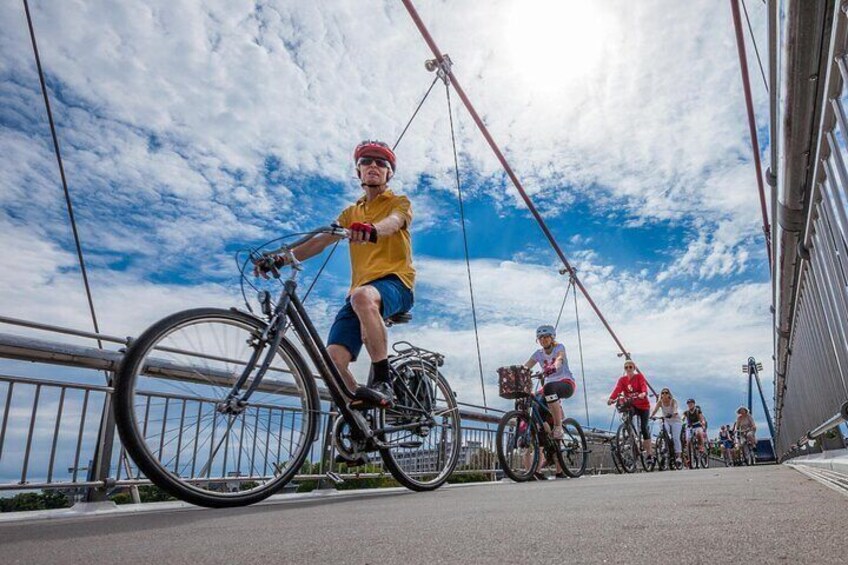




Bike tour Frankfurt: city tour by bike to Skyline, Goethe, and apple wine
By frankfurtbiketour.com
Free cancellation available
Features
Overview
Activity location
Meeting/Redemption Point
Check availability
Bike tour Frankfurt: city tour by bike to Skyline, Goethe, and apple wine
Starting time: 10:30
Price details
€49.00 x 1 Adult€49.00
Total
Until Fri, 5 Dec
What's included, what's not
Know before you book
- Public transport options are available nearby
- Suitable for all physical fitness levels
- In accordance with EU regulations about consumer rights, activities services are not subject to the right of withdrawal. Supplier cancellation policy will apply.
Activity itinerary
Location
Activity location
Meeting/Redemption Point
Best Deals on Things to Do
Experience the wonders of the world up close with great deals on things to do near and far. Expedia offers one-of-a-kind activities that allow you to explore Frankfurt your way. Whether you love nature, culture, food or a bit of adventure, we have the perfect activity for you.
Top experiences in Frankfurt
With so many things to do in Frankfurt, planning the perfect day out may seem like a daunting task. Expedia is here to take the hassle out of finding the best attractions, tours and activities in Frankfurt. Families, couples and business travellers can all find the perfect activity in Frankfurt to create life-long memories with the help of Expedia.